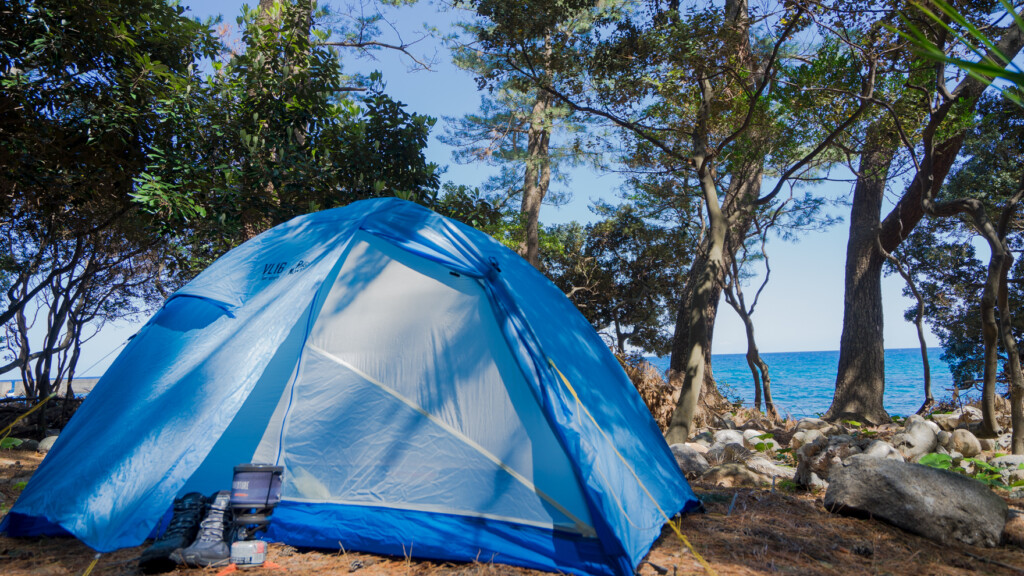
Review: PuroMonte VL-16 A lightweight, yet safe all-season mountain tent
People are weak to the term "lightest."
However, in these days when lighter things are more and more popular, there are times when it comes to the words "lightness is justice" that you should stop for a while. Especially the tent. We must not forget that this is an essential tool for our lives in the harsh nature.
Promonte's lightweight all-season tent VL series is a cumbersome yet unrelenting one that continues to evolve while maintaining the needs of the times, despite recent mountain tools that tend to appeal to such lightness.
Its roots in a mountain tent from Japan that dominated the world in the 1970s (the editor-in-chief was also very grateful for his time as a student Wangel), and continues to produce domestically using domestic fabrics, and has been improved over decades based on feedback from Japanese users.
This time, I would like to summarize my impressions of using the VL-16, the "lightest" model of Japan's proud mountain tent.
table of contents
The origins and rough features of the VL series
The birth of Dunlop tents and ProMonte
ProMonte is a Japanese mountain goods brand born in 2005 by HSC. Promonte's own history is still a little short, but its origins date back to about 50 years.
In the 1970s, when Japan was fighting for the first international movement, the tent that expedition teams all used was the world's first hanging dome tent made by Dunlop. It has now become a common form of tents, but at the time it was a very groundbreaking model, robust and lightweight, leading the world's climbing world.
HSC has been carrying on the Dunlop brand tent to the present day, and Promonte is a brand that is conscious of manufacturing to suit modern Japan's activity environment. We stock everything from lightweight mountain tents to mountain items such as sleeping bags, sleeping pads, rain jackets, and other mountain items to river climbing equipment.
General features of the VL series
, Promonte's tent, VL-16 , its first release was in 1989. Based on user feedback and repair history, the company has the clear concept of making it lighter while maintaining sufficient durability as a tent used year-round in mountainous areas in Japan, and there is hardly any excessive sacrifice for weight reduction seen in other manufacturers.
It has a hanging dome-shaped structure with hooks, which is typical for lightweight tents, and is promoting lighter weight by using simple parts and lighter, thin materials.
On the other hand, this is a safe and lightweight all-season tent that is lightweight, while ensuring the minimum and sufficient safety proven by its long-established track record, with 30D polyester ripstop fabric, suspension bridge-like mesh panels that distribute tension, which is a weak point of suspension type, and hooks that will come off before they break in the event of a gust of wind.
Recommended points
- Durability is suitable for all seasons and safety that is less likely to collapse in the unlikely event
- Lightness while ensuring durability
- Domestic production is safe even during repairs
Points that interest me
- Ventilation (ventilation) when the entrance is closed
- Mechanisms and parts for living comfortably
Main Specifications and ratings
| item | Specifications and ratings |
|---|---|
| Number of people to sleep | 1 person |
| color | Sax Blue |
| Official minimum weight | 1210g (1400g including pegs and storage bag) |
| Actual measured weight | 1265g (1435g including pegs and storage bag) |
| Fry material | 20D polyester ripstop |
| Inner material | 10D Nylon RipStop |
| Inner bottom material | 30D polyester ripstop |
| Pole material | DAC-7001S (aluminum alloy) |
| size | Width 205 x Depth 90 x Height 100 cm |
| Storage size | Main body: 25 x 14cm, pole 37 x 5.4cm |
| Floor area | 1.84㎡ |
| Front room | 0.6m |
| accessories |
|
| option |
|
| Living comfort | ★★☆☆☆ |
| Ease of setup and removal | ★★★☆☆ |
| Weather Resistant | ★★★★☆ |
| Durability | ★★★★☆ |
| weight | ★★★☆☆ |
| Portability | ★★★☆☆ |
| Versatility | ★★★★★ |
| comprehensive evaluation | ★★★☆☆ |
Detailed review
Packing that can be divided into small pieces
Storage can be stored in four parts: an inner tent, fly pole, and pegs. There are few models that allow you to store the inner tent and the fly separately, making it convenient when packing.
In terms of storage capacity, it is surprisingly bulky compared to a lightweight tent for three seasons. With this in mind, it may be that they separate the storage of the main body and fly.
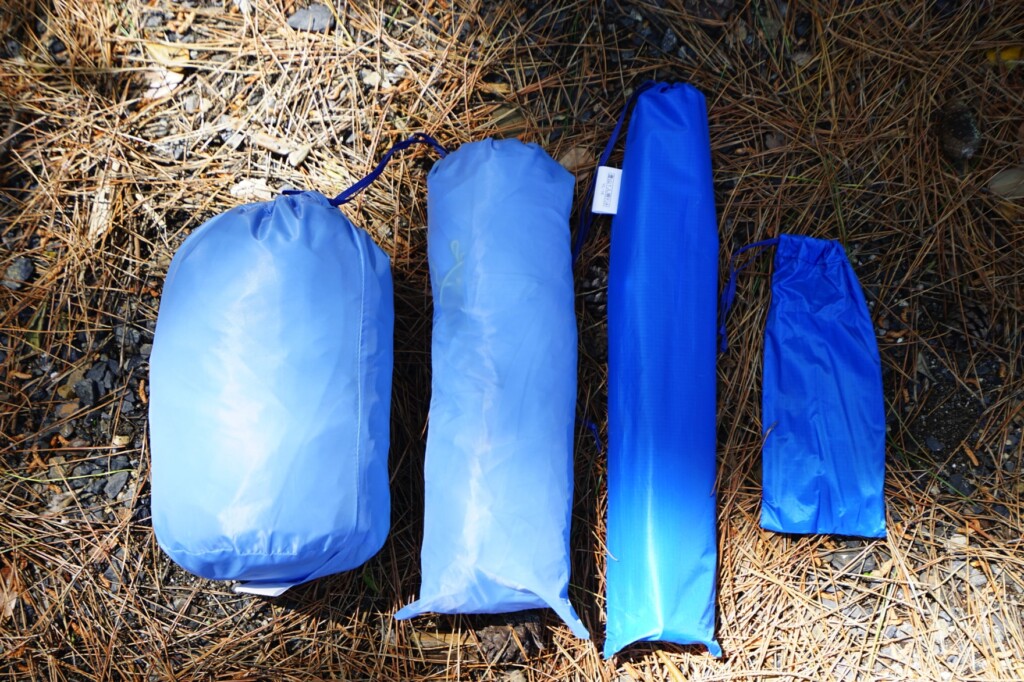
All parts are placed in their respective storage bags. It's a great idea to divide them into small pieces, as it's easier to pack.
I tried storing both the inner and the fly in an inner tent storage bag. It's just right, so you can compress it and carry it around using this method.
The pole is made of DAC-7001S. Considering its use during snowy seasons, the thickness and strength of this class is inevitable. The round tip makes it easy to use and does not damage the fabric. The pegs come with 12 DAC's duralumin pegs.
Setup: Simple structure with ingenious parts
This is a free-standing dome tent, a standard lightweight mountain tent. The poles are hanging, a standard type for lightweight tents, but the part where the tip of the pole is fixed to the inner layer is a sleeve type, providing both lightness and strength. If you insert the pole into the four corner sleeves, the tent will stand up independently.
The tip of the pole is ball-shaped and has been designed to prevent scratches when passed through the sleeve.
The two poles are connected by a center hub to keep the variations in size. It also uses a plastic part called swivelH9783 made by DAC, which is unfamiliar to connect the center hub to the apex of the inner tent.
The vertices are fixed at points, making the tent less likely to slip, and the stability is increased even in crosswinds. While it's great, if you don't pay attention to it when setting up, this part may be turned upside down and over, so it takes a bit of care and get used to it.
The three hooks on each side can only be hooked onto the pole, but a special hook called a screw hook is used. Instead of just hanging, it is snagged after twisting 90 degrees, making it a little difficult to use, but it is designed to come off when unexpected force is applied, preventing the tent from collapsing.
A normal hanging tent requires only three hooks to be attached, making it easy to set up, but each hook places a considerable amount of load on it. However, this VL series has been designed to connect the hook with a suspension bridge-like mesh panel to prevent tension from being applied to one point, improving stability and durability in strong winds. This truly means that it's a good thing about the hanging type and sleeve type.
To set up the fly, fasten it with an inner tent and a buckle, and the setup is complete. After all, the buckle type makes it easy to set up.
Basically, it is possible to set up the hook intuitively, but until you get used to it, you may be a little confused about how to secure the hook and the up and down of the pole. However, once you set it up several times and understand how it works, you will be able to do it without any difficulty.
Impressions of actually using it
Living is the bare minimum. Don't want much
The inner layer is made of 10D nylon ripstop, which helps reduce weight. The bottom part is heavy, but 30D polyester ripstops are used to improve durability. The fly uses polyester ripstops with a waterproof 20D polyurethane finish. The fries are all blue, but they are vibrant and pleasant.
The bottom area in the room is 205cm x 90cm. It's for one person, so honestly it's not spacious. However, since the entrance opens half of the long side, unless you are very tall (as long as the entrance is open), you won't feel cramped. There is plenty of room to put your luggage on a mat.
The ceiling is 100cm up to the highest point, so it doesn't seem like a problem if you're going to get up. There are loops at the four corners and the top of the head, so it's hard to see, but you can hang your luggage by passing the string as shown in the photo below.
There are also two mesh accessory compartments on the floor. It's about the size of whether or not one iPhone fits, so I wish it was a little bigger.
The vestibule is also sufficiently large, so it's likely to be enough to store your luggage and cook.
If you open the long side entrance, it will be nice to get through the wind...
The entrance is on the long side, and when fully opened, 1/2 of the long side will open. The entrance is a double layered structure of nylon and mesh, and about one-third of the entire entrance is mesh, increasing breathability.
Another ventilation ventilator that functions as a ventilation ventilator is the ventilation opening facing downward on the fly on the left side of the entrance (photo below).
There are two streamers on the opposite side of the entrance (photo below). This ventilation, which has been almost the same since ancient times, cannot be used, as it cannot be tightly bulged due to the weight of rain or snow, and to be honest, I would like to see some more ingenuity in ventilation.
Also, if you close the entrance, no matter how much mesh it is, it won't feel like air is passing through. After all, the mesh at the entrance alone is not enough. I hope that the vents are at least opposed.
After all, it's long...
Other panels at the entrance and the string that hold the fly fastened are quite long for some reason...I tried messing around with a lot of things, but I couldn't understand the meaning of this length...it can be solved by cutting it or using a cord lock. Please check this before using it and take measures. It's quite stressful.
The bottom of the inner tent is made of 30D durable fabric, so it is unlikely to tear unless there are sharp rocks. There's no need to worry if you bring the ground sheet with you, but even a lightweight mountain tent is not very light, so if possible, you don't want to use it. Check the under the tent when setting up the building, so there's no problem.
Summary: Recommended for people like this
As you can see from this point of view, it is neither boldly light nor extremely comfortable, and in that sense, it may certainly be hard to deny when viewed as a lightweight tent for three seasons.
However, I definitely felt the high reliability of safety that has been accumulated since my days as a Dunlop. In terms of a tent that can be used all year round, I felt that this lightness and safety performance are something that can only be felt during the snowy season. In that sense, it may have been unfortunate for this tent that we were unable to test under the harsh environment this time.
Of course, it is certain that even during the snowless season, the tents will be quite comfortable to live in, and this is a perfect tent with high cost performance and is perfect for those looking for a tent that can be used safely in a wide range of environments and fields, from trekking and traversing to hard activities such as stream climbing and snowy seasons.
This tent boasts a long history as a mountain tent, and it is also a romantic place to sleep while thinking about the history of Japan's mountainous tents.


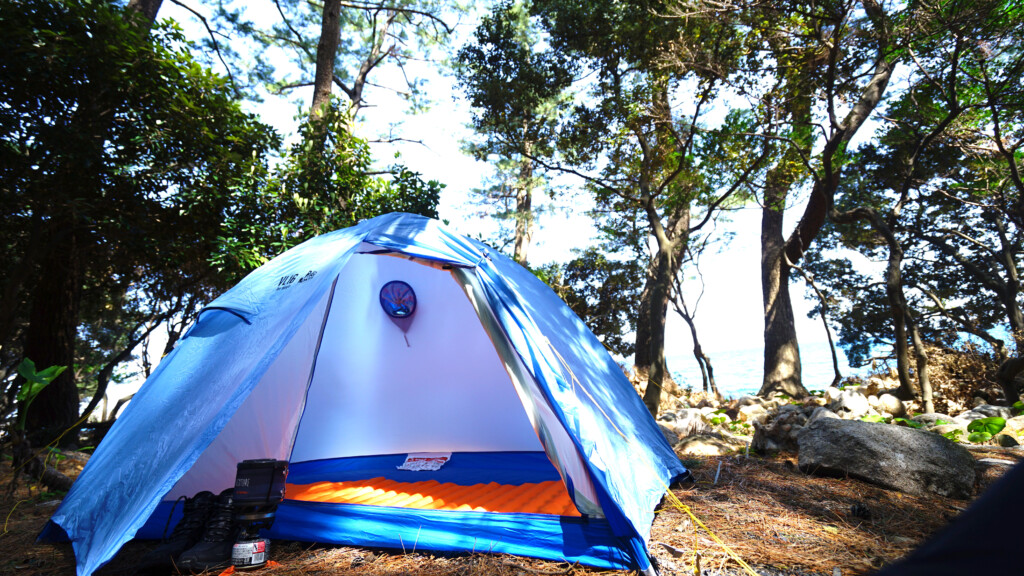
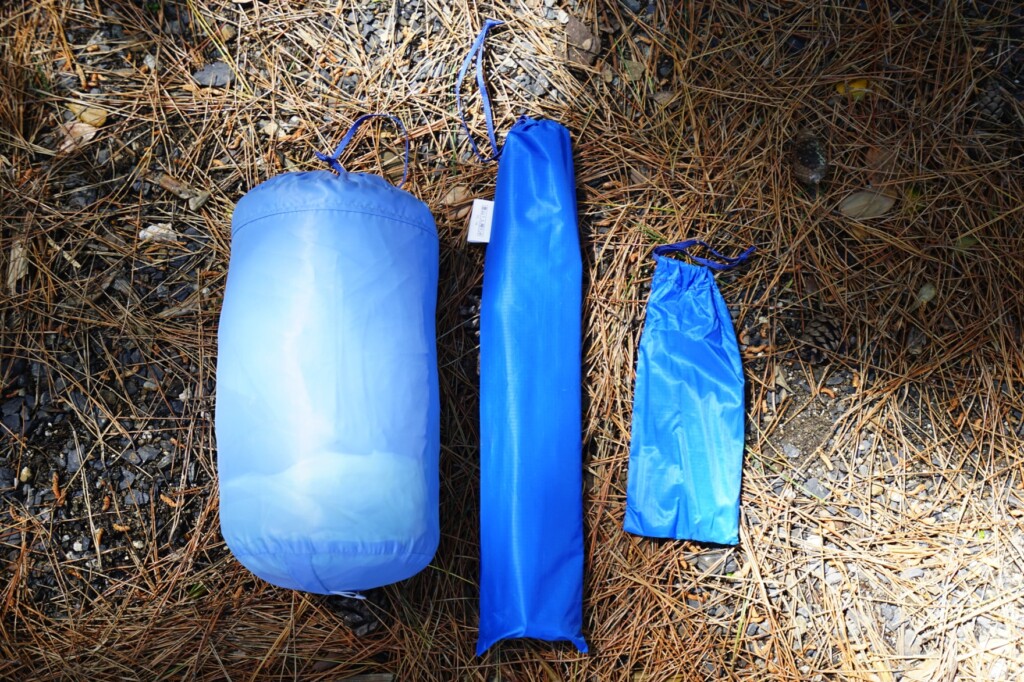

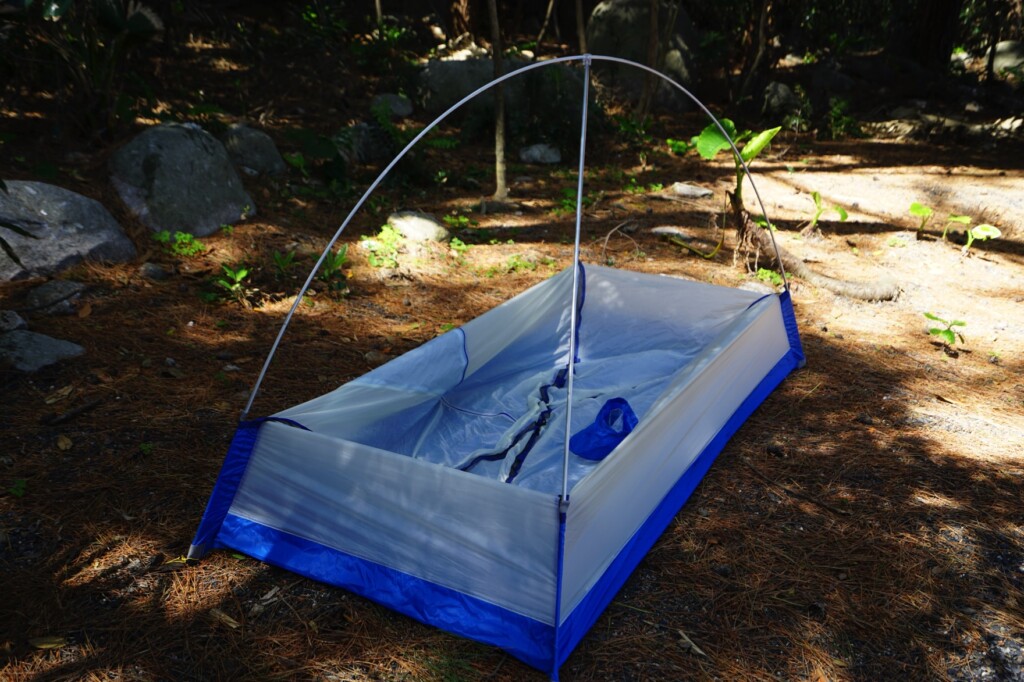
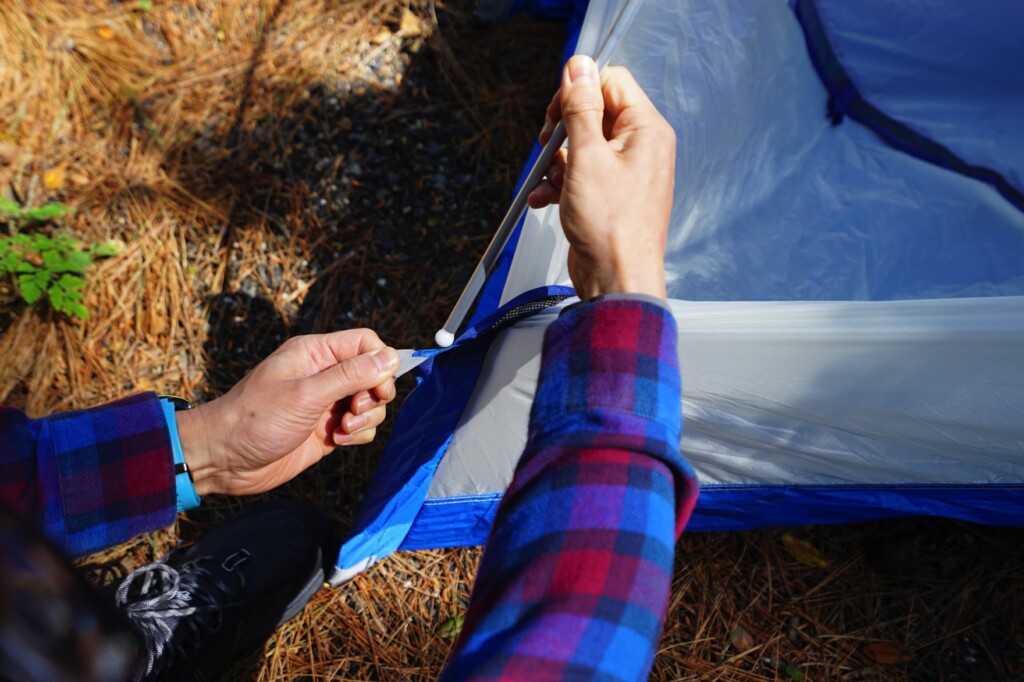
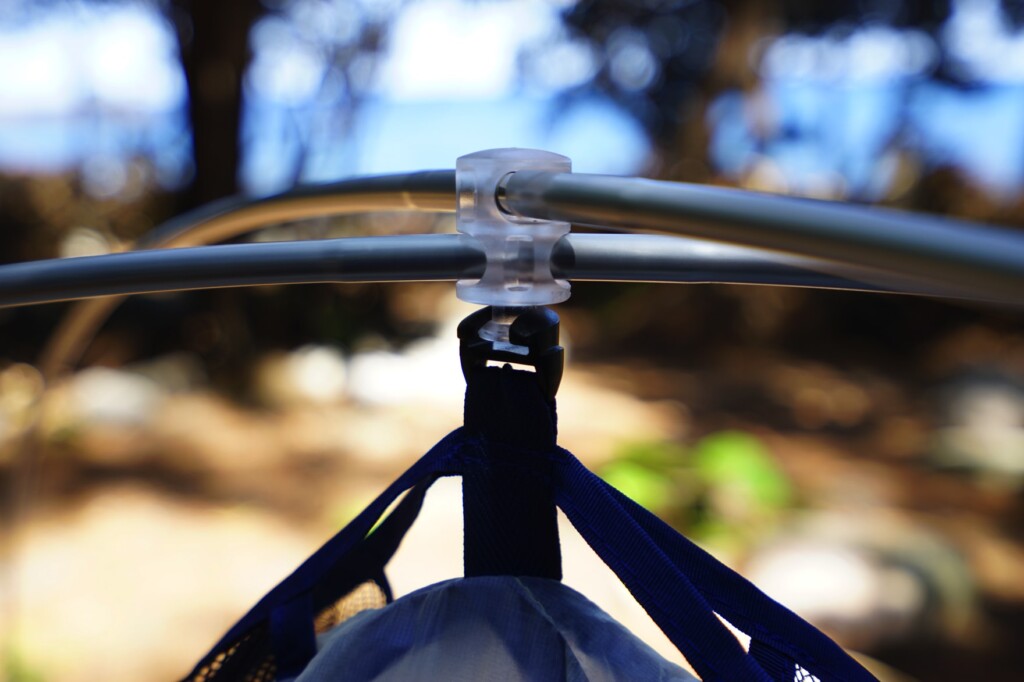

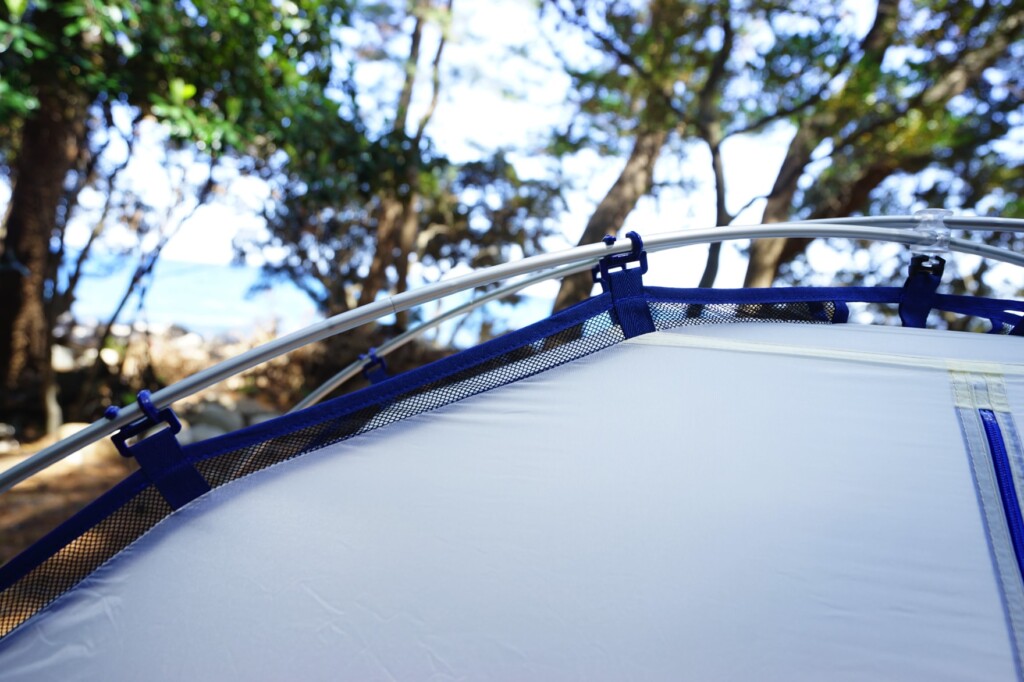
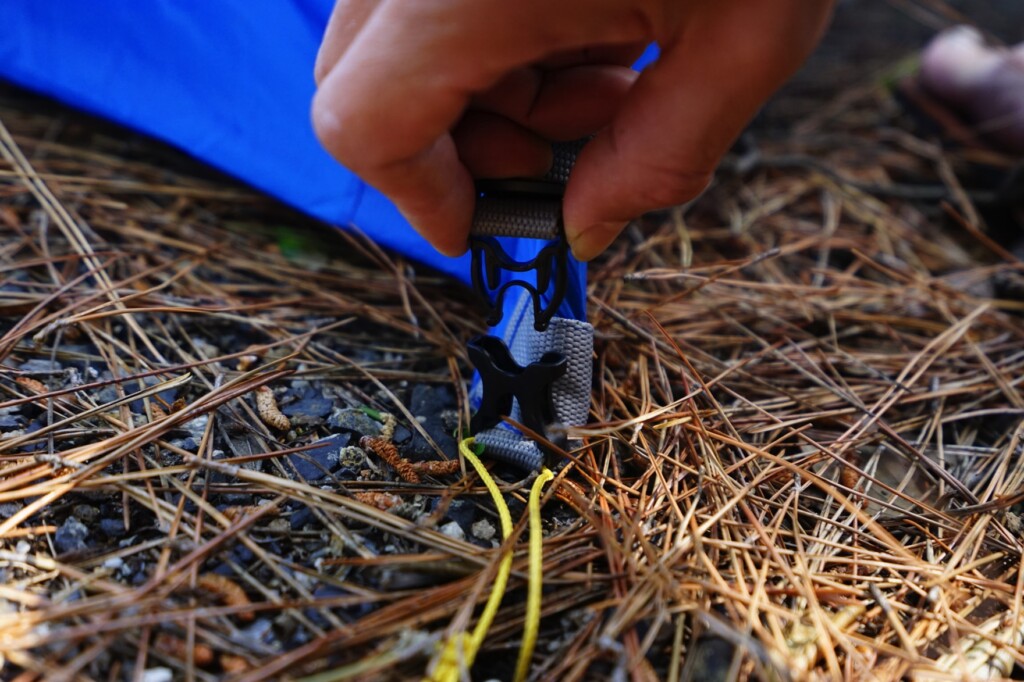
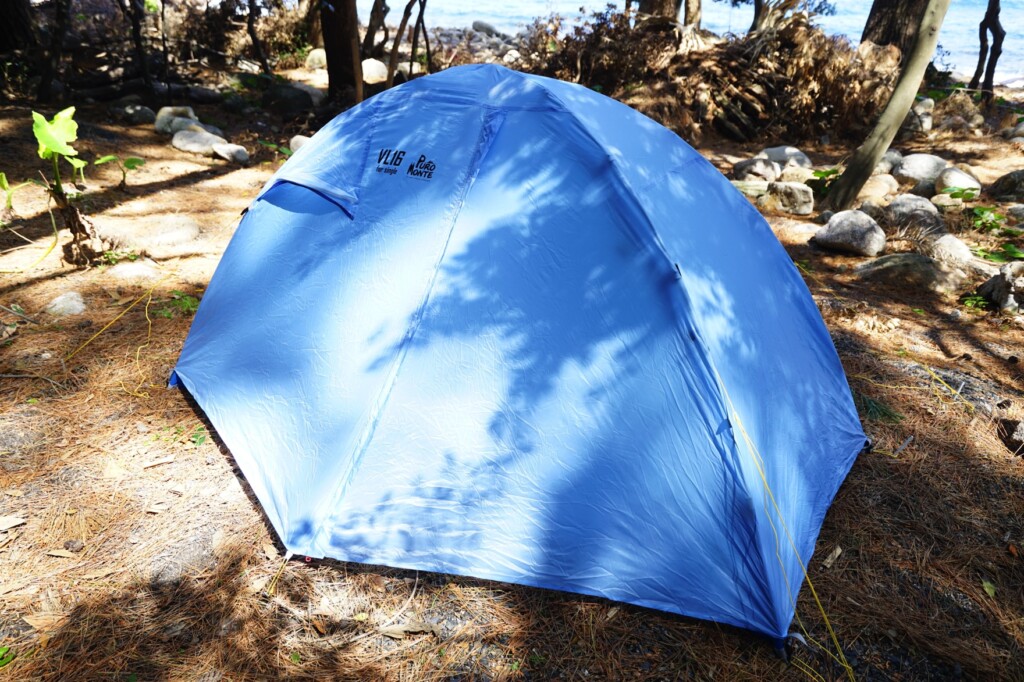
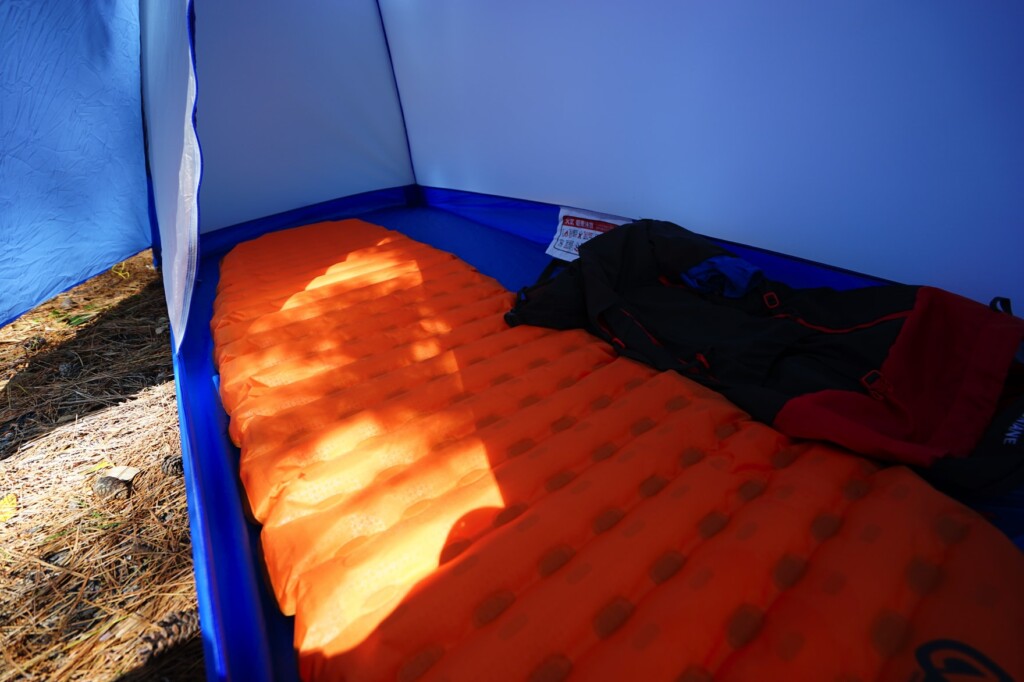
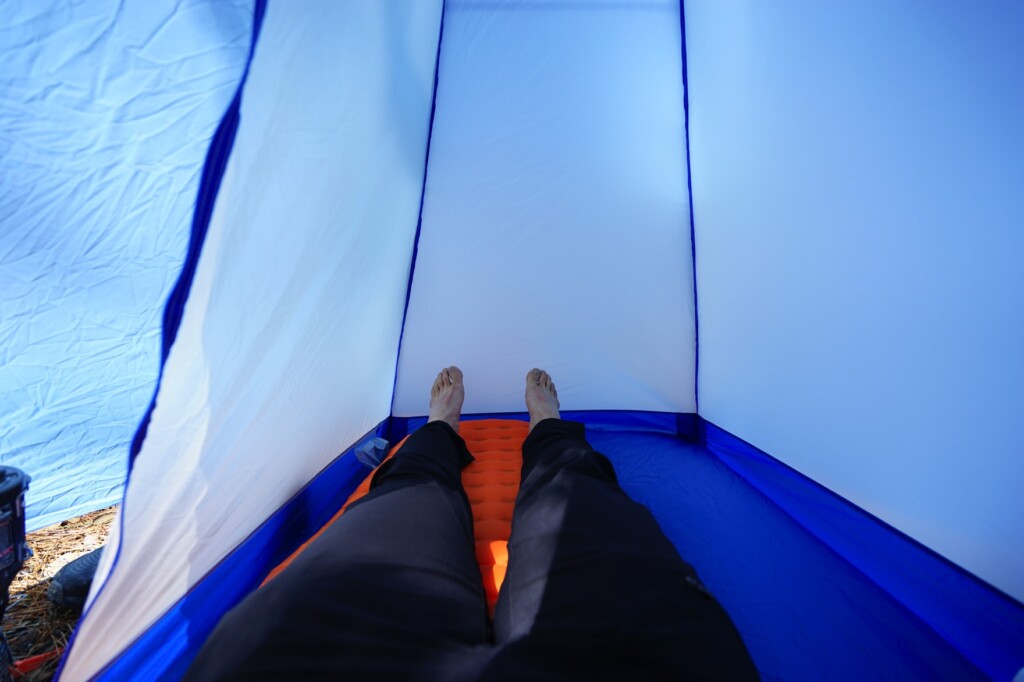

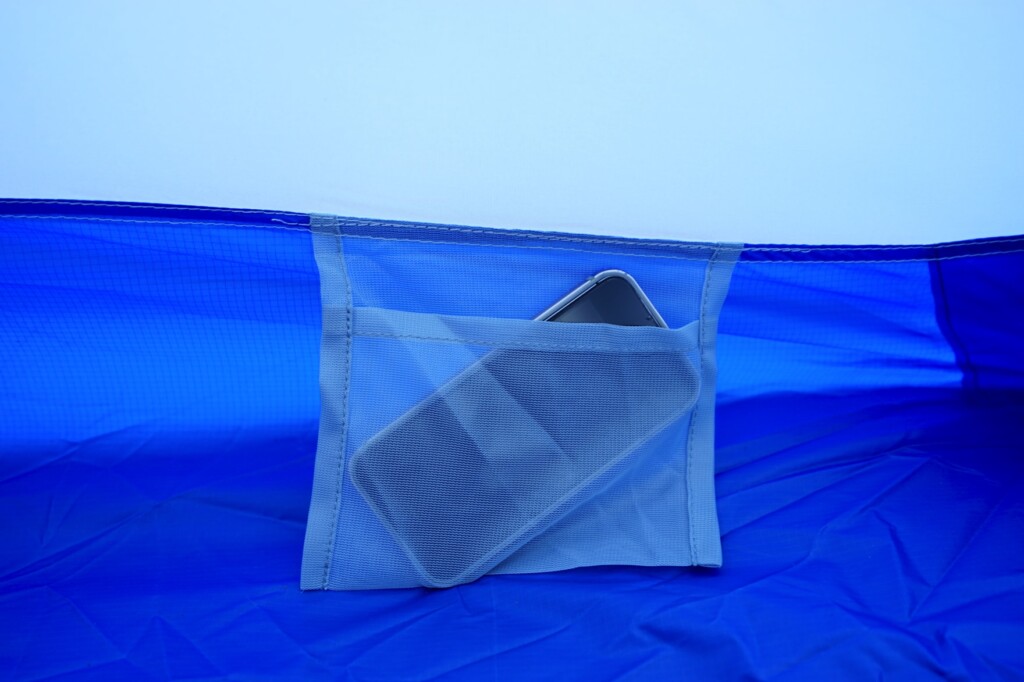

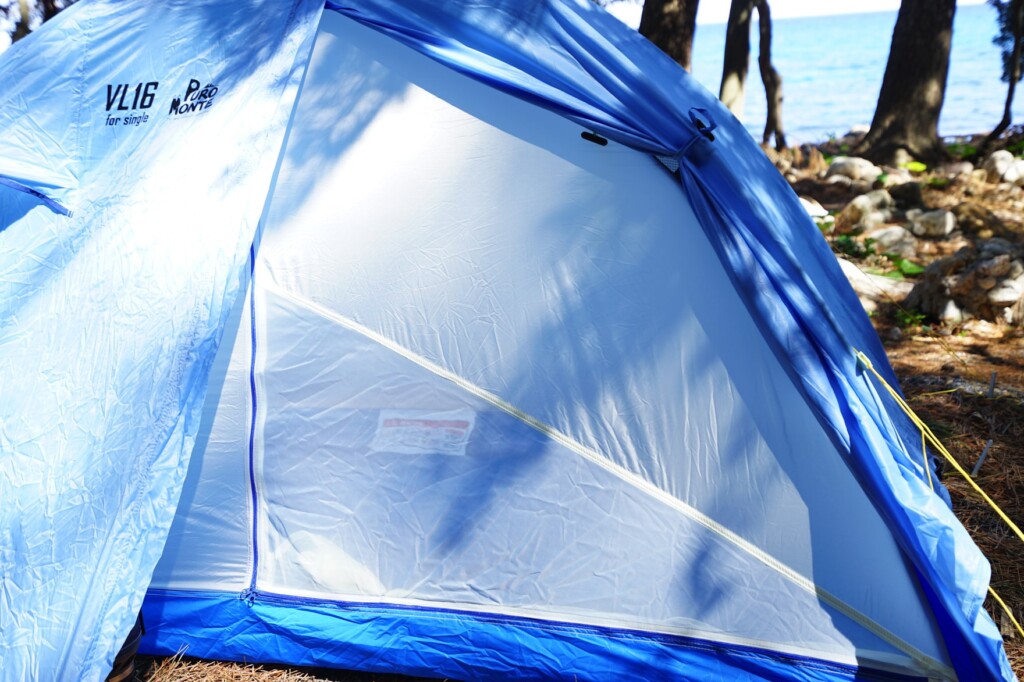


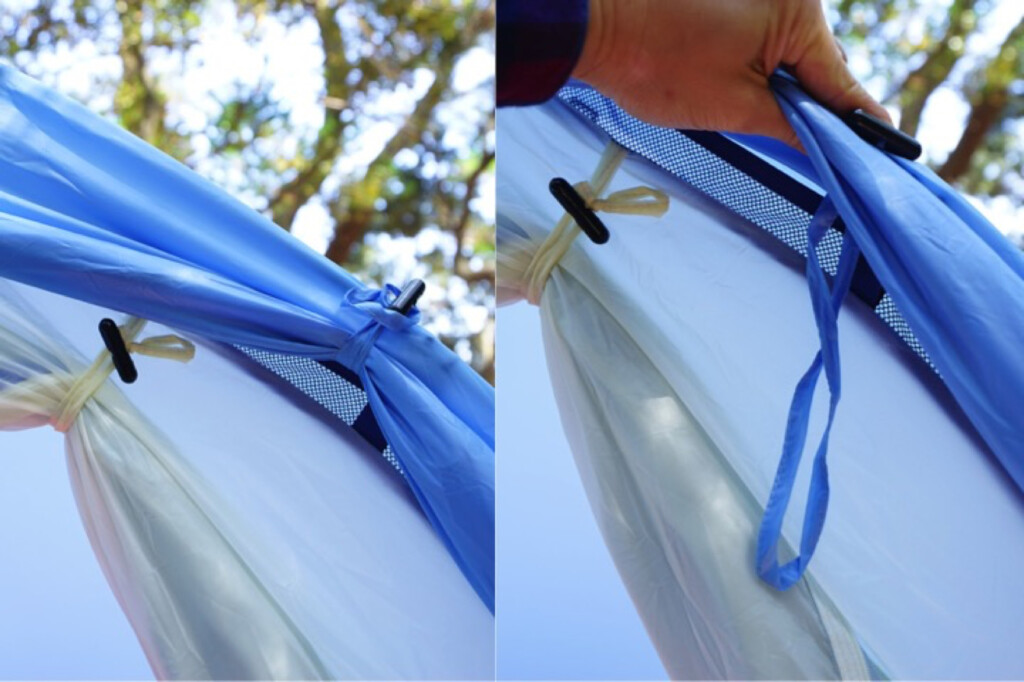

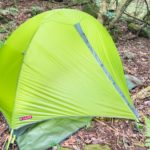 Review: NEMO TANI 1P I see, Japanese specifications. A sturdy and lightweight mountain tent that is always cool and comfortable
Review: NEMO TANI 1P I see, Japanese specifications. A sturdy and lightweight mountain tent that is always cool and comfortable Review: Tiger Wall UL2 EX A Japanese-style ultra-lightweight tent that combines lightness and comfort, whether it's solo or pair
Review: Tiger Wall UL2 EX A Japanese-style ultra-lightweight tent that combines lightness and comfort, whether it's solo or pair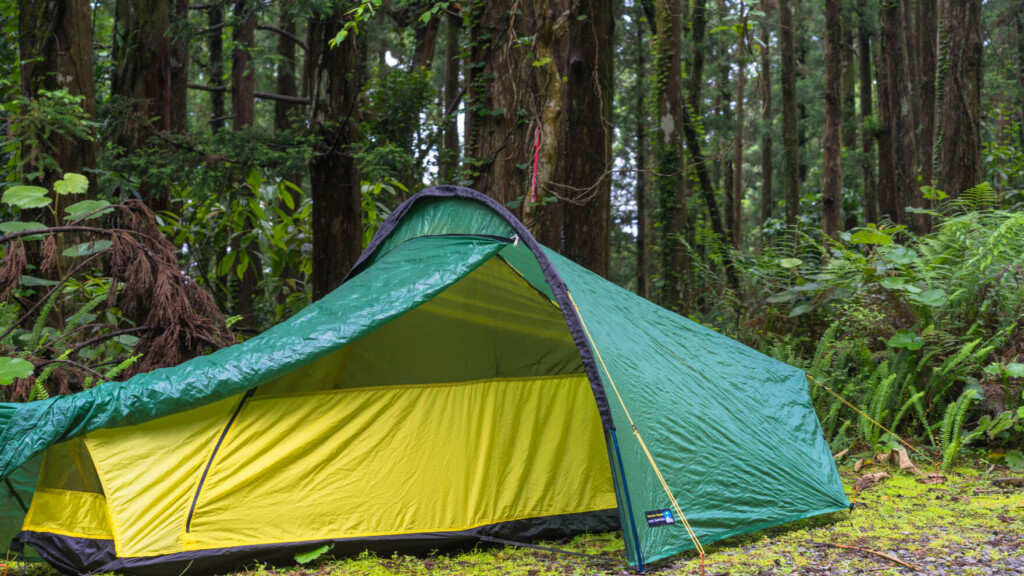 Review: TERRANOVA Laser Competition 1 A pioneer of lightweight tents that keeps updating
Review: TERRANOVA Laser Competition 1 A pioneer of lightweight tents that keeps updating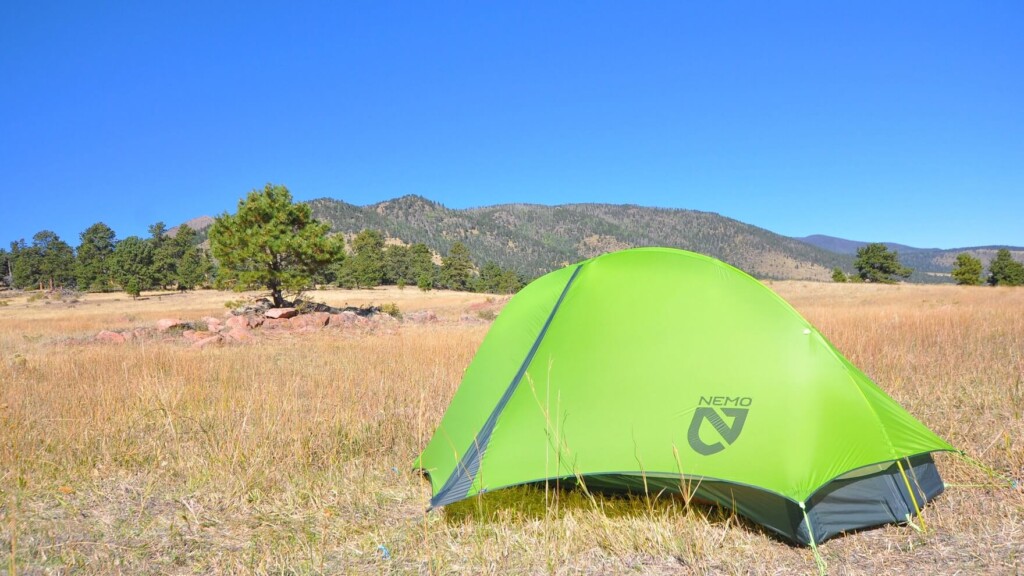 Review: NEMO Hornet Storm 1P A lightweight solo tent with a high level of balance that is close to perfection
Review: NEMO Hornet Storm 1P A lightweight solo tent with a high level of balance that is close to perfection